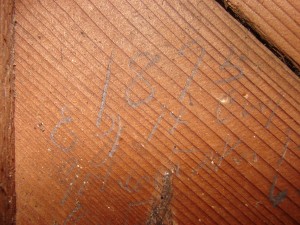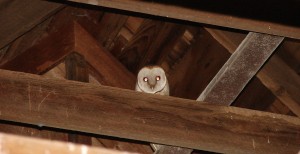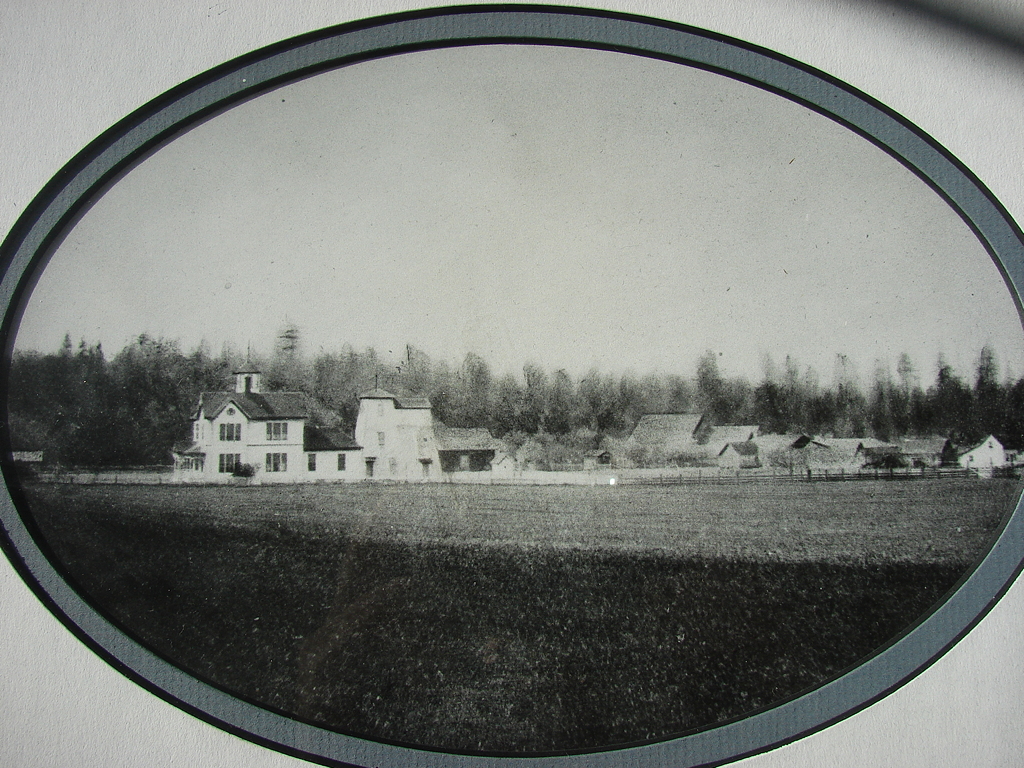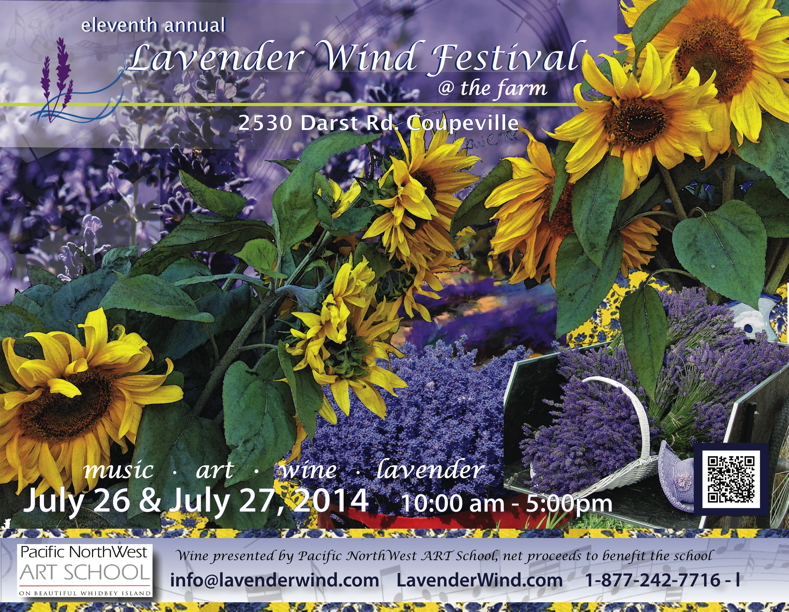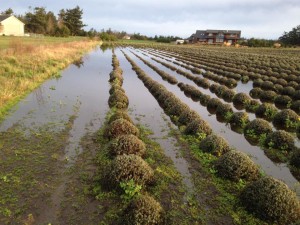
Fire! Water! Earth! Air! The four elements from ancient times describe the necessities of life. This year, water was the element that came down from the sky in droves, drops, puddles, lakes, and sheets. It soaked the ground, saturated the fields, created lakes where there had been none, and caused bluffs to collapse into the sea. It flooded our fields. The earth could not contain the water, the air blew hard, but still wasn’t enough to evaporate the water. And in the end, after the waters receded fire is what came to clean up the lavenders that drowned.
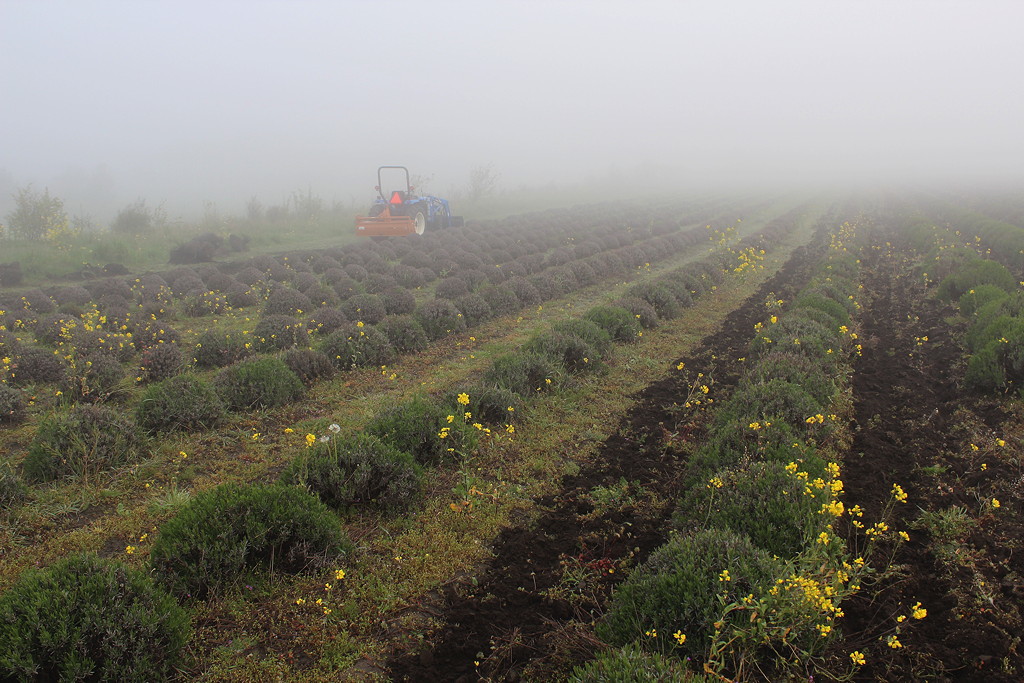
Farming is full of risks as any farmer around the world will tell you. This year it was water. Neighbors were pumping out flooded basements and pranks were played by setting out plastic pink flamingos in one of the many lakes that were created in the saturated fields. Lavender, though, is a perennial crop. It stays planted in the ground for an average of 10 years, producing for at least 8 of those years. This year, many of our 4 year old lavender plants were drowned. The waters of the temporary lake (Lake Lavande) drowned the lavenders. Even so, in February and March one couldn’t tell they were dead. But, in April it was clear. The plants that are grey, rather than green don’t have leaves coming out, they are dead.
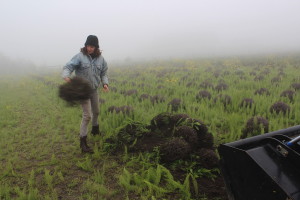
To keep the fields healthy we had to take out the dead plants as soon as we could get onto the field without getting the tractor stuck in mud. We dug out the plants with the bucket, shook off the dirt, and piled them up to transport them to their funeral pyre.
The green weeds you see above are horsetail. It is a deep rooted living fossil (because it has been on the earth for so long) and it loves the damper ground. It is extremely difficult to eradicate, so we will keep this part of the field brown all summer to weaken it. But, that won’t make it go away, that takes years of hard work (and chemicals if you are willing to use them, which we aren’t) and even then there is no guarantee it will be gone. Some people use it for medicinal purposes, but we haven’t pursued that option.
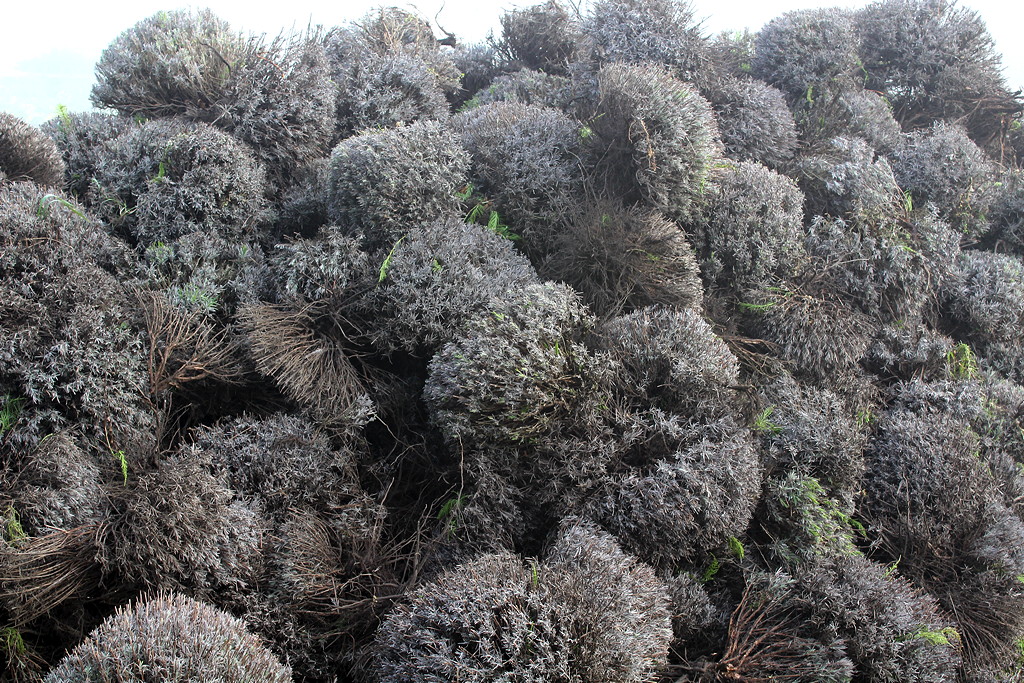
There is a possibility of disease, so the plants are being burned. One night, after work, we burned 300 of them in about an hour and a half. That only made a small dent in the big pile, so we’ll be having more bonfires when the weather permits. Lavender burns hot and fast, the fire would flare up with each plant we put on top of the coals. It was beautiful and hot.
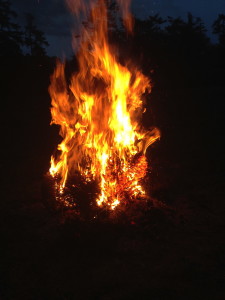
The farm had something like 14,000 lavender plants, and we probably lost about 10% to 15% of them to the floods. We are still counting. But, that means we probably have between 85% and 90% of the lavenders that are in good shape even though there are still patches here and there that we are watching closely to see if they will green up. If not, we’ll have to pull them out and burn them, too.
Luckily, last year we had a bumper harvest, this year it will be leaner. Even so, we are looking forward to fields of purple in another couple of months, and that first day of harvest when we again get to breathe the fragrance that armloads of lavender bring.
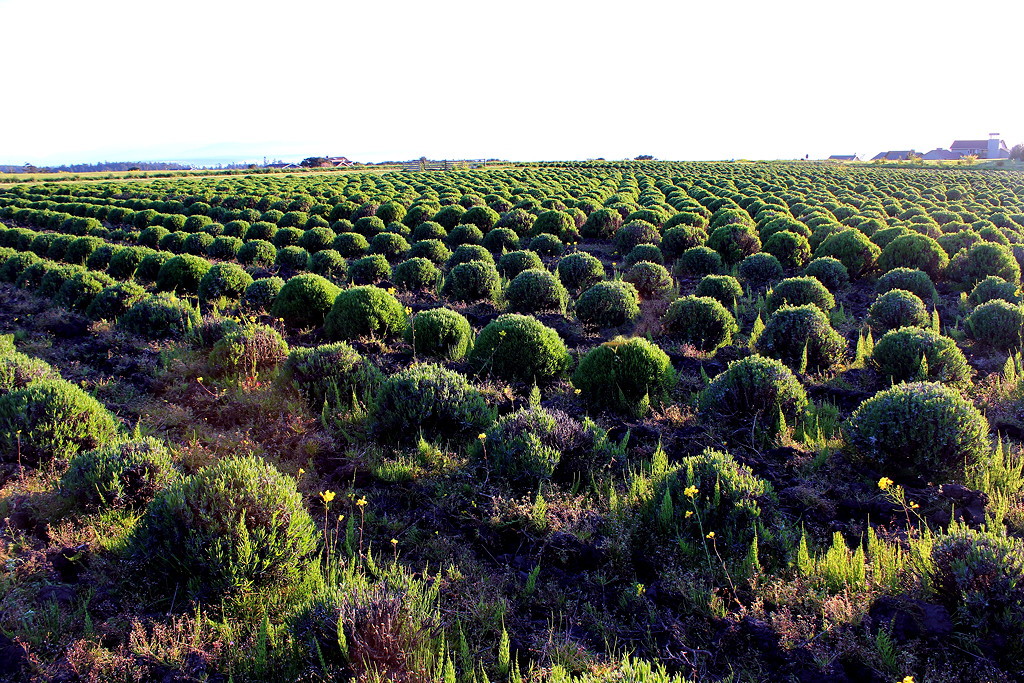

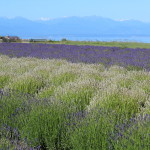
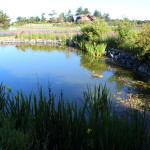
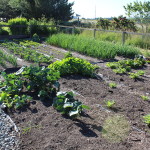
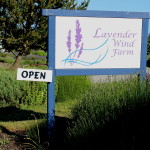
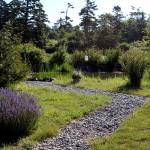
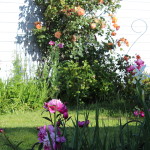
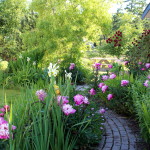
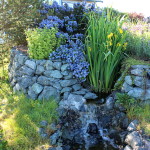
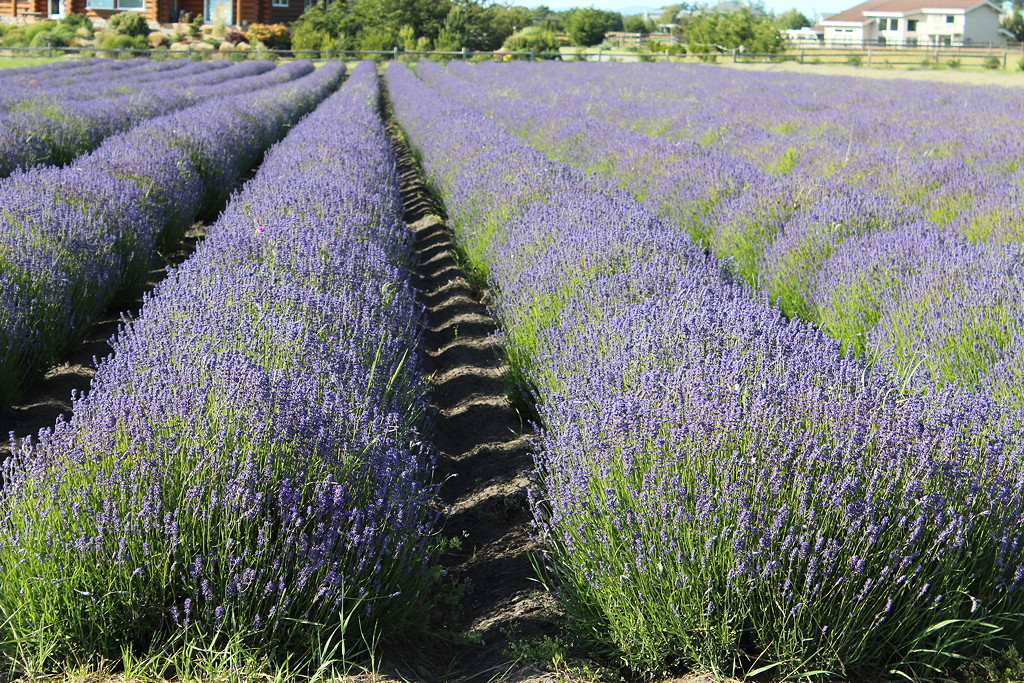
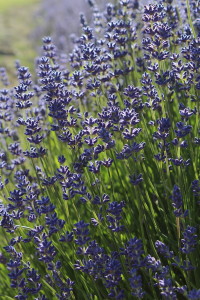
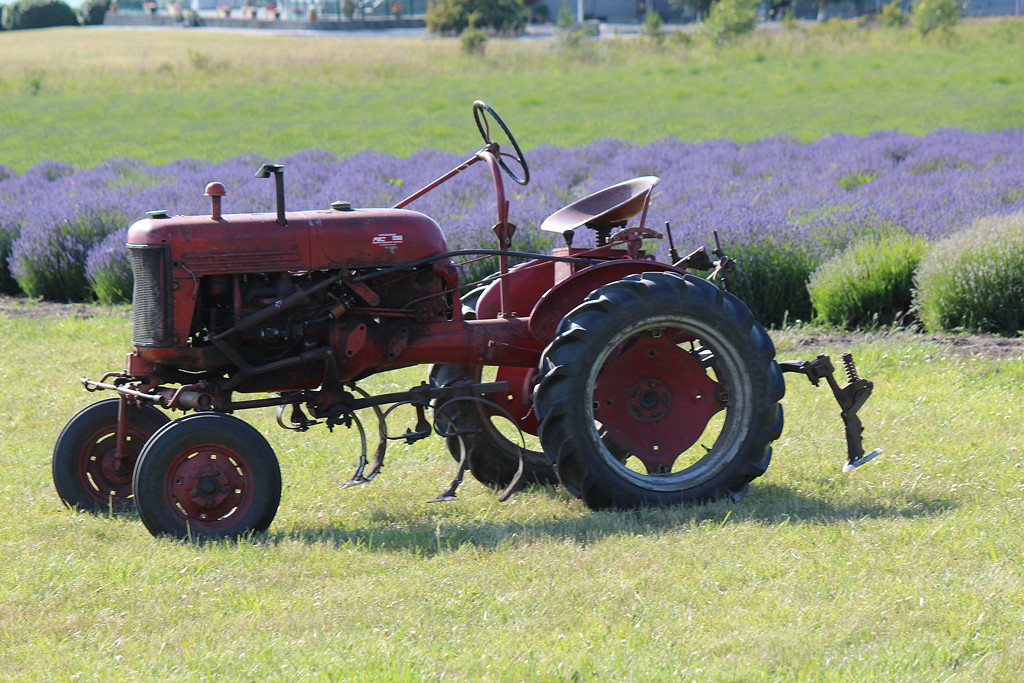

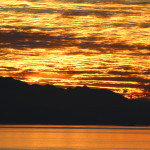
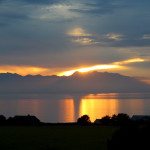
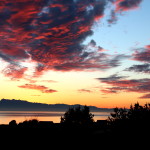
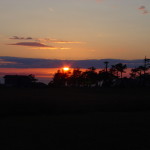
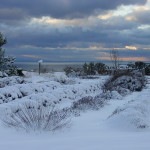
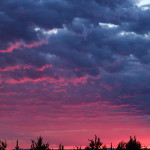
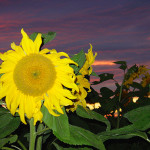
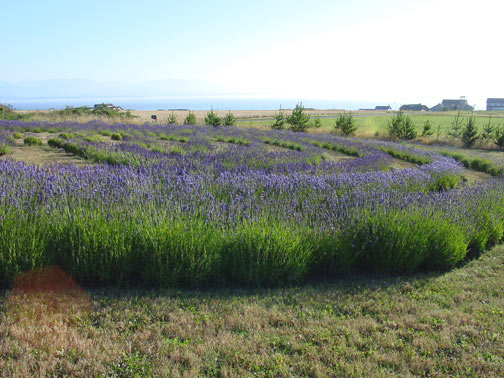
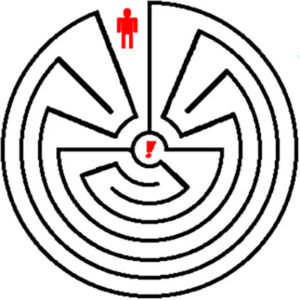
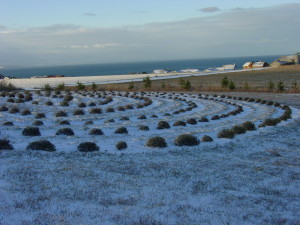
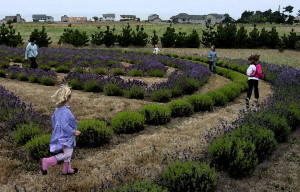
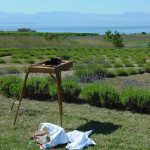
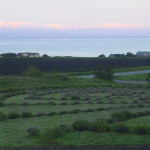
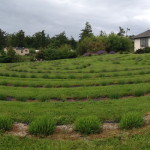
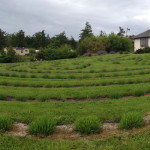
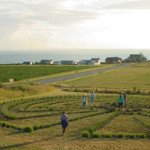
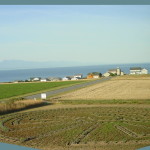
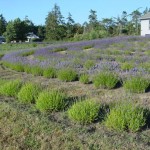
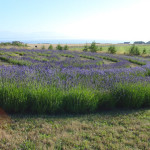
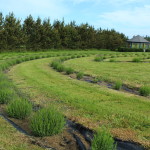
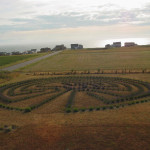
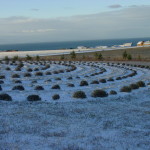
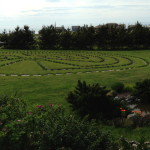
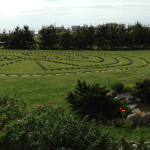
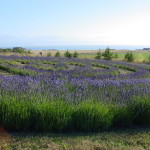
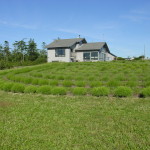
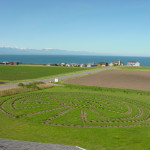
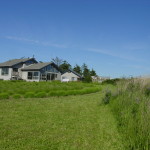
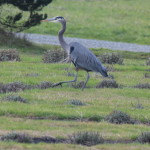
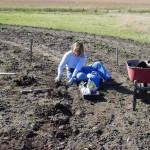
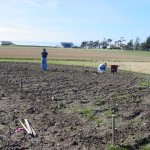
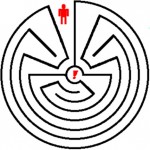



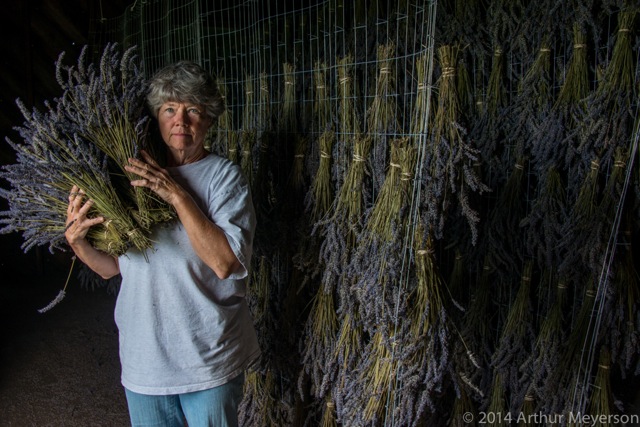
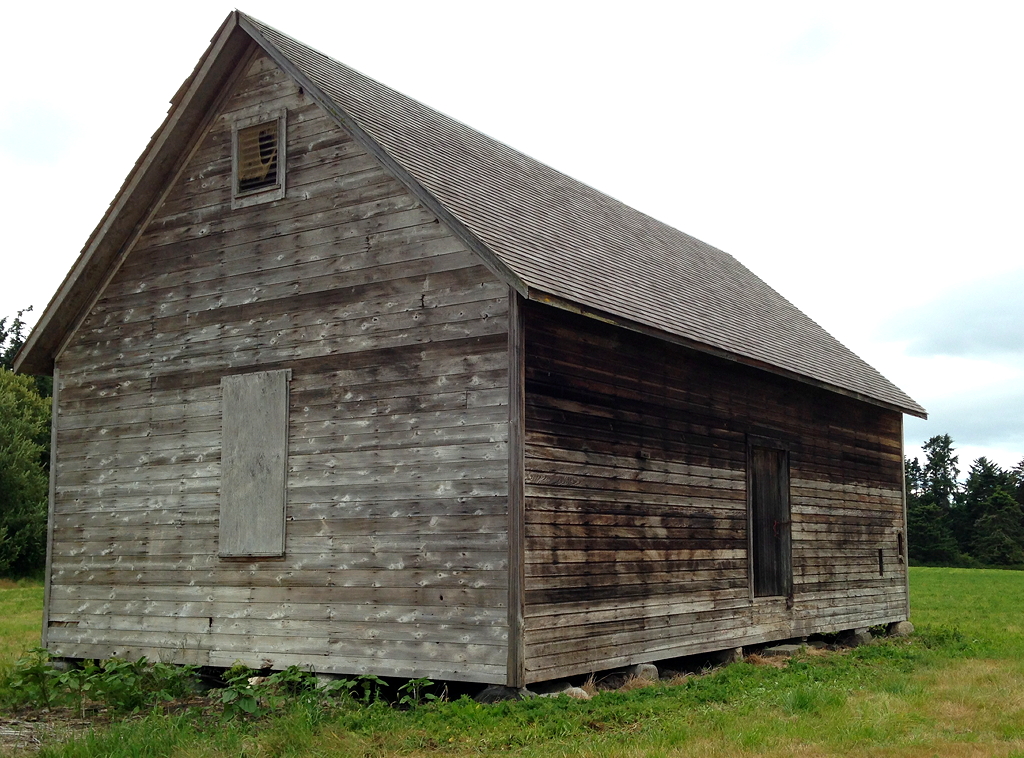 Late one afternoon I drove up to the Bishop’s Granery,where they have been letting me hang lavender to dry because we have a bumper crop and needed more drying space. I needed to clear out some dry lavender to make room for more fresh lavender we are harvesting.
Late one afternoon I drove up to the Bishop’s Granery,where they have been letting me hang lavender to dry because we have a bumper crop and needed more drying space. I needed to clear out some dry lavender to make room for more fresh lavender we are harvesting.